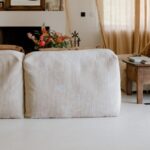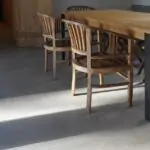Concrete glazes, lime glazes, mineral and organic glazes
Concrete and lime stain: an attractive, long-lasting finish
A colouring system that penetrates mineral materials such as concrete, stone or lime, woodstain is used to
- homogenize concrete or lime of different colors,
- and rectify drips and other aesthetic defects on structures and in the home.
There are two types of woodstain, with different properties and uses: mineral woodstain and organic woodstain.
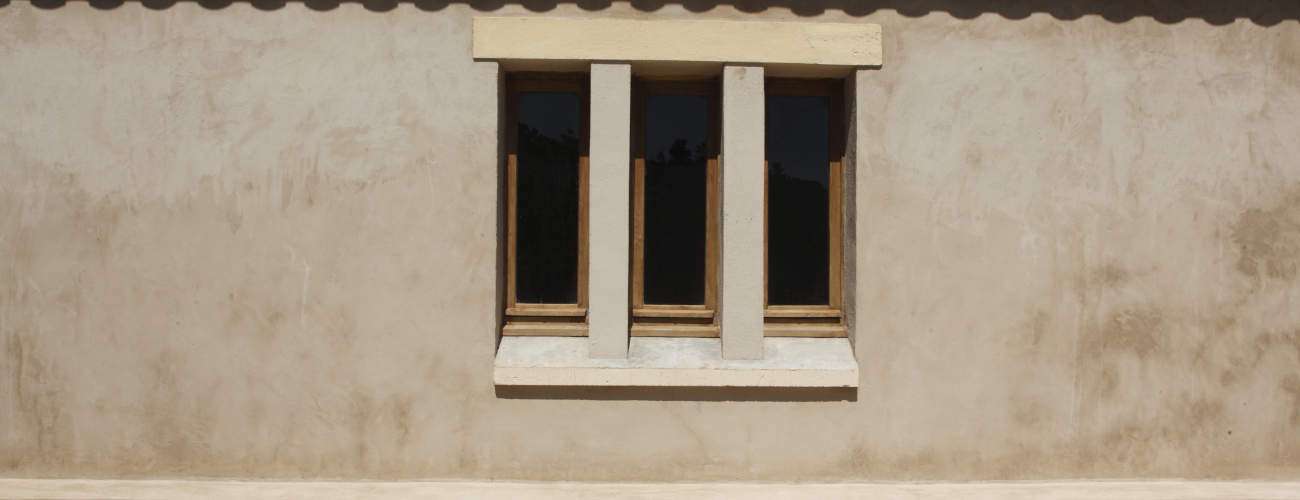
Mineral glaze for exterior facades, interior floors and new concrete walls
Made from potassium silicate extracted from quartz quarries, mineral glazes can be used to glaze concrete or lime walls.
In a process comparable to the cooling of glass, the mineral glaze crystallizes and fuses with the substrate (“silicification”), stabilizing it while fixing the color. Color asserts itself, becomes deep and pure, and longevity is assured.
On façades and exterior walls in cold, damp climates, mineral glazes help prevent and limit efflorescence and run-off as free particles in renders and pigments run off.

What’s more, it doesn’t create a film and therefore doesn’t peel off.
On a dark exterior wall that tends to overheat in summer, mineral stain reflects light and helps lower the temperature of the facade by a few degrees.
In addition to their protective yet breathable properties, mineral glazes play a decorative role: they can be used to tint unsightly gray concrete, or to add color to colored concrete.
Used with a high pigment density, mineral glazes can be used to completely cover concrete that has become worn, aged or unsightly for one reason or another.
Outdoors, mineral glazes actively protect walls and facades against water run-off; indoors, they protect floors against wear and tear, for example:
- concrete living-room floors,
- concrete kitchen floors
- concrete bedroom floors
- concrete bathroom floors.
It can also be applied to interior concrete walls, such as those of a bathroom or shower, provided they have not yet been varnished.
Mineral glazes for interior walls and floors can be protected by a varnish finish, for example on bathroom or kitchen floors or walls. Only mineral glazes can be applied to lime walls.
Organic glaze for interior walls and floors, repairs and renovation
Organic woodstain consists of a polyurethane film mixed with a mineral pigment.
It has the great advantage of being easy to apply over existing varnish, making it ideal for repairs (stained concrete, etc.) or renovation.
Used on both walls and floors, organic woodstain dries very quickly and can be used again within 48 hours.
On lime walls, however, organic glazes should be avoided, as they will block the natural breathing of the lime and contradict its warmth.
Marius Aurenti’s mineral glaze and organic glaze products
Marius Aurenti mineral glaze is available in the 71 colors of the Iris color chart, in 1-liter or 5-liter sizes.
The product comes in two parts, one containing the mineral pigments and the other a dilution product for dosing opacity and transparency. Don’t add water!
It is applied in two coats to interior or exterior walls.
Marius Aurenti organic glaze is also available in the 71 colors of the Iris color chart, in 1-liter or 5-liter sizes.
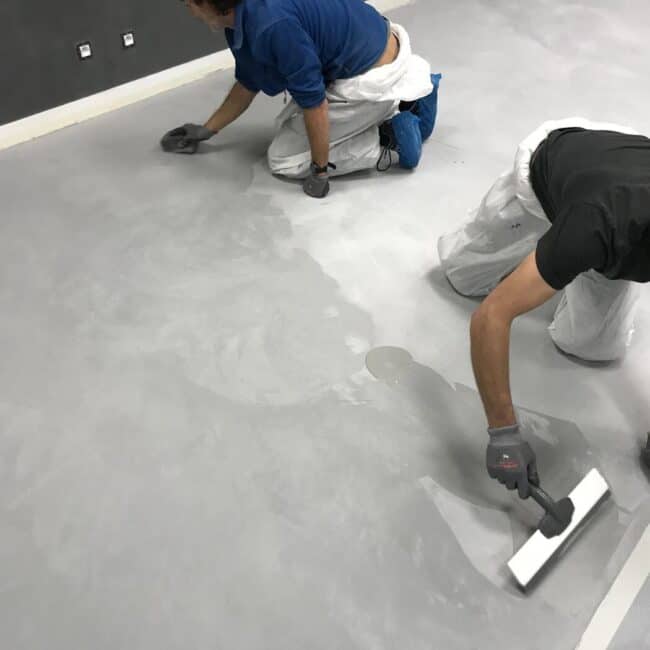
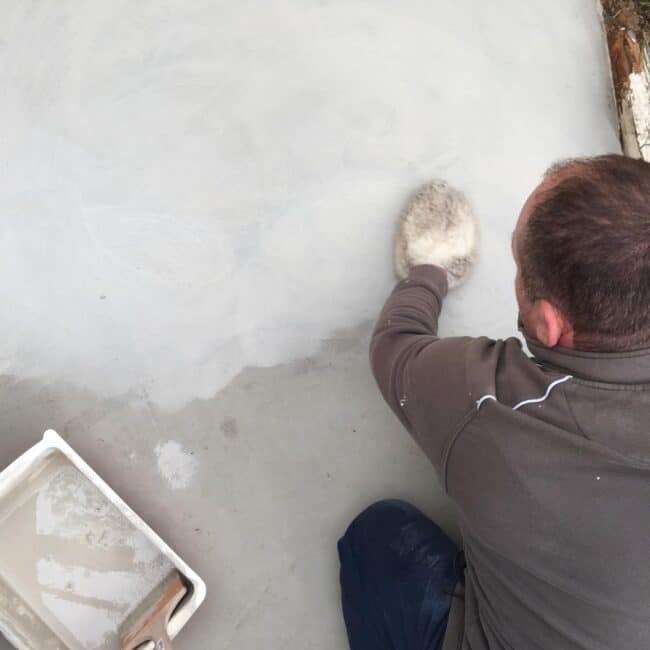
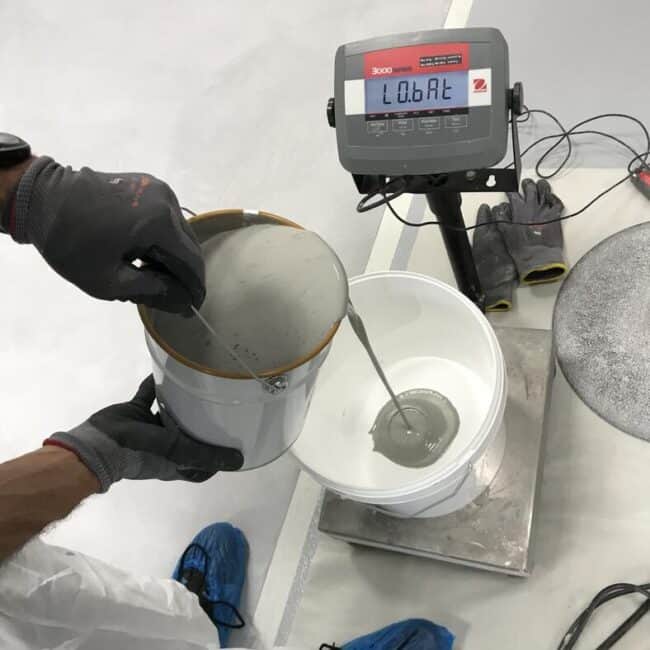
How to apply Marius Aurenti woodstain
In the world of decorative concrete, mineral glazes can be applied to floors, walls and furniture, and to both concrete and lime.
On a concrete floor, after drying and sanding, apply the glaze using a sheepskin paint glove or a Planéo smoother; on a large surface, use a microfiber roller or a mop.
After application and drying, sand again.
The stain can be left as is on an interior or exterior wall.
But in a shower, on a floor or on a piece of furniture, a final coat of varnish will be necessary.
How to use Marius Aurenti mineral woodstain?
For over 30 years, this technique has been used to protect interior and exterior walls by coloring and stabilizing the concrete in depth, while preserving the appearance of the raw material.
1/ What uses for mineral woodstain?
With the advent of decorative concrete, we’ve been using this technique on floors, bathrooms, furniture, etc. for several years now. The whole world of decoration has been enriched by this new, exclusive and particularly aesthetic technique!
Mineral glazes can be used to homogenize concrete of different colors, and to correct drips and other aesthetic defects on engineering structures. In this way, overly pronounced effects can be softened, and concrete color palettes enriched with more intense, more vivid shades.
These exclusive Marius Aurenti assets are a real plus for seasoned professionals, but also for beginners who want to make a success of their first works. It’s the guarantee of a successful job with the aesthetic effects you’re looking for!
2/ How does the stain work?
To understand this product, you need to know that woodstain is a mineral coloring system that penetrates mineral materials such as concrete, stone or lime. As it penetrates, it crystallizes and fuses with the substrate, stabilizing it while fixing the color.
The color is deep and pure, and its longevity is guaranteed – it’s more than doubled!
3/ Presentation of the glaze
The product comes in two parts, one containing the mineral pigments and the other a transparent dilution product to enable you to measure the transparency of the color you’re going to apply. Never use water with this product.
Remember to equip and protect yourself before application, and avoid spraying on glass in particular, but also on walls and furniture. Apply the glaze to dry waxed concrete, just before applying the finishing coats.
4/ How to apply it
Application can be done with a number of tools, but we recommend that you first use a paint glove, otherwise known as a sheepskin. You’ll be able to give your application a random, harmonious decorative effect. For large surfaces, 10mm microfibre rollers will be useful for criss-crossing and random gestures.
Start with a first coat, then add one or two more if necessary.
By adding Marius Aurenti TOPPER, the glaze becomes thicker and more filling. It fills the pores of the concrete, giving a smoother finish to the waxed concrete and a tighter appearance to the first coat.
Once dry, the glaze can be sanded with a pad or 80-grit sandpaper to remove excess or add decorative effects.
You can then leave it intact on an exterior or interior wall.
Obviously, Marius Aurenti varnishes must be applied to floors, showers and furniture to protect the work.
The use of woodstain may require an increase in varnish consumption to protect the entire structure.
5/ Numerous advantages
In addition to its decorative qualities, mineral woodstain offers many other advantages. It stabilizes efflorescence on exterior surfaces, allows the substrate to breathe and prevents the appearance of moss…
It has excellent UV resistance and is environmentally friendly, with no solvents or VOCs.
It’s a veritable concentrate of Marius Aurenti technology and decoration!
Watch our video tutorial on how to use MA’s mineral woodstain:
Visit our videos page to discover how to apply Marius Aurenti mineral stain.
Full details in the technical data sheets.
The benefits of concrete varnish
Glaze protects against water and frost
Although the word concrete rhymes with solidity and seems inalterable, in reality it’s exposed to many threats and needs to be protected. Despite its reputation as a tough material, concrete is vulnerable to various factors that can compromise its durability and structural integrity.
An unprotected concrete wall or floor contains thousands of micro-cavities where water can stagnate. In the event of frost, the water transformed into ice increases in volume and causes a slow crumbling of the concrete surface.
On the contrary, a glaze clogs all the material’s micro-pores and prevents water from penetrating.
What’s more, water means life: we’re generally delighted, except when your pretty facade or walls become covered in moss and lichen, and when your elegant white, beige or grey concrete turns greenish, brownish or blackish!
Here too, by filling cracks, the stain inhibits the growth of algae and microscopic fungi (algicidal, fungicidal and germicidal properties).
Glaze protects against greasy stains and aerosols
Walls and floors are naturally exposed to greasy stains.
Cooking produces greasy fumes that spread everywhere. Fingers gradually leave yellowish marks near the switches. If the concrete isn’t protected, even a degreasing cleaning will leave traces in the thousands of tiny holes in your beautiful concrete.
Once again, mineral stain and varnish finishes come to the rescue to play an oil-repellent role: you can spill your deep-fat fryer on your concrete kitchen wall, and simply sponge it off to restore a clean, smooth surface.
It’s also well known that city air is polluted in many ways by machine emissions, while country air is loaded with organic dust and other pollens, which settle on walls and floors and, with humidity, penetrate concrete cavities.
One last time, a coat of woodstain or varnish will save your life: on their smooth surface, airborne pollutants will find nowhere to cling, and rain will simply wash them away.
Other advantages of a mineral or organic stain include :
- stabilize efflorescence outdoors
- mineral glaze lets the substrate breathe
- both glazes offer excellent UV resistance
- mineral varnish is environmentally friendly and contains no solvents or VOCs
Concrete Stain 71 colors – Marius Aurenti
Data sheet (PDF version)
Data sheet (web version)
Presentation
AREAS OF USE
Mineral glaze for MA’s waxed concrete, cement screeds and traffic-compatible levelling compounds.
Subject to testing and experience on the part of the applicator, this product can be used for aesthetic corrections on various mineral substrates.
Prior testing and advice from our Technical Service is recommended.
It can be applied as a more or less transparent finish, depending on the appearance of the concrete and the desired effect.
It provides penetrating colouring for mineral surfaces, protecting and decorating them.
COMPOSITION
Double sol-silicate binder complying with AFNOR 30808 Family 1 – class1b1 (organic content < 5%).
PROPERTIES
- Penetrates and crystallizes with the substrate without forming a surface layer. Gives depth to color, far from the effect of simple paint.
- Masks defects and enhances appearance (mineral matte, high luminosity). Enhances surface hardness.
- Protects against run-off and carbonation.
- Promotes the evacuation of residual moisture from concrete thanks to its exceptional water vapor permeability.
- Hydrophobic, excellent UV resistance. Environmentally-friendly, solvent- and VOC-free. Algaecidal and germicidal properties.
- Extremely easy to apply, allowing high dilutions to obtain a transparent mineral glaze.
PACKAGING
Stain: 1 L and 5 L Thinner: 1 L and 5 L
Implementation
SUBSTRATE AND SUBSTRATE PREPARATION
Substrates must comply with the requirements of DTU 59.1. They must be clean, sound, dry and absorbent.
The diversity of substrates and their conditions calls for specific preparation and, where necessary, the use of specific preparation products. For full information, our teams are at your service.
Do not use on waxed or oiled surfaces.
PREPARATION
Dilute the stain with mineral thinner (see table below). The degree of dilution depends on the desired transparency.
Stain is never used undiluted, and must be mixed with at least 10% mineral thinner. Never dilute with water.
The colors can be mixed together.
CONSUMPTION
| TYPE OF FINISH | CONSUMPTION FOR 1 COAT (ML/M²) ON MA’S WAXED CONCRETE | SILICATE MINERAL GLAZE (ML/M²) | MINERAL THINNER (ML/M²) |
| DILUTION 1:1 | 50 | 25 | 25 |
Consumption must be adjusted according to the porosity of the substrate. It may be doubled if necessary (100 mL/m² for 1 coat) for porous substrates.
CONDITIONS OF APPLICATION
TEMPERATURE 5-30°C
RELATIVE HUMIDITY <80%
Protect from wind, sun, rain and frost during application and curing.
APPLICATION METHOD
Apply 1 coat by hand using a paint glove, black mason’s sponge, planeo or wet broom, with random strokes resembling the application of MA’s waxed concrete, rather than a roller, to avoid creating application marks.
To remove any application marks, after drying, lightly sand the glaze with 240 grain sandpaper or use the green pad on the single-brush machine.
For floor applications, the stain must be protected by a finishing product, preferably an IF3 fixative or a n°5 pore-filler + n°7 varnish or a n°5 pore-filler + HR1 varnish. Woodstain can be left untreated on walls, especially outdoors.
DRYING TIME AT 20°C AND 60% RELATIVE HUMIDITY
Between coats of woodstain 12 hours minimum
DRYING TIME BEFORE APPLYING FINISHES
It is advisable to wait 24 hours before applying finishes.
(Indicative data to be adapted according to ambient temperature and humidity conditions). 4 possible finishes (refer to product data sheets) :
Interior finishes :
- IF3 fixative
- Porous filler n°5 + varnish N°7
- Porous filler n°5 + HR1 varnish
To avoid surface whitening, it is essential to use n°5 Porous Filler before HR1 and n°7 varnishes.
Exterior finish :
- Impregnation Terrace n°2
TOOL CLEANING
Equipment should be cleaned with hot water after use.
Technical specifications and performance
PRODUCT APPEARANCE
Mineral stain: deep mineral matt Thinner: milky white liquid
DENSITY
Mineral glaze (at 20°C): 1.20 g/cm3 Thinner (at 20°C): 1.05 g/cm3
WATER VAPOUR DIFFUSION RESISTANCE
Sd = 0.02m
LIQUID WATER PERMEABILITY
w = 0.05 kg/(m².h0.5)
PH DILUANT
Approx. 11
STORAGE AND SAFETY
1 year in original, unopened packaging, out of direct sunlight and frost, at temperatures between +5° and +35°C.
Check the expiry date on the packaging before use.
For further safety information, please consult the Safety Data Sheet.
















